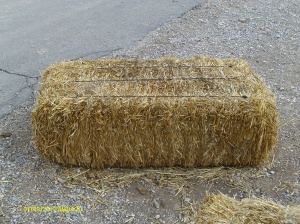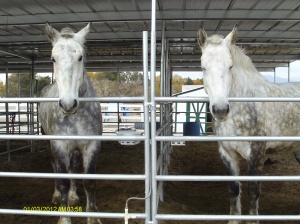As of yesterday, I had a large bale of hay that was not being used very quickly. That bale was used to feed my rabbits, not horses. Since the buns don’t eat the hay to quickly, “someone” in my wonderful family decided to spread out the hay so that they could lay down in it (winter is cold for rabbits too right? :)).
Anyway, I got around to cleaning it all up and got to the bottom layer. I was then met with a shocking amount of whitish/blue, “fuzzy” mold growing all over the moist, warm hay.
I don’t know why this didn’t occur to me before, but nevertheless, I was quite bummed. After getting all the nasty stuff up, I stored the rest of the good hay and thought about how dangerous it would be if a horse had been fed that moldy hay?
Horses especially are impacted by moldy hay and feeding can result in respiratory problems like heaves or colic.
Pregnant horses can have miscarriages or complications with foaling.
Even ranchers can have problems themselves. Problems could be a sore throat for a few weeks, or mroe serious complications, farmers lung, which results in fungus growing in the lung tissue.
Have you had problems with mold? What did you do with the spoiled feed? Comment below and share yours story!
Happy Trails,
Beck.






